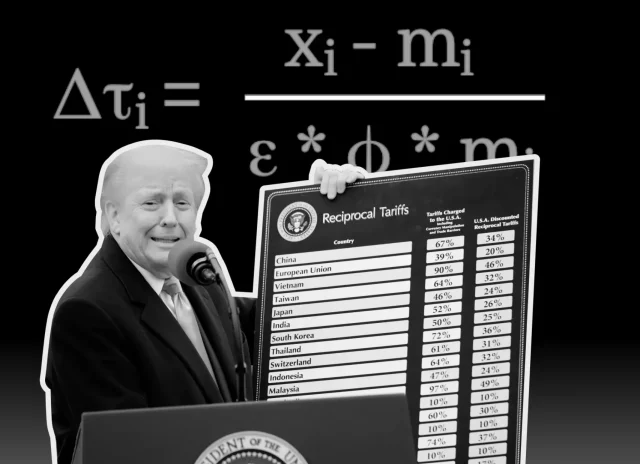President Trump on Wednesday abruptly reversed course on steep global tariffs that have roiled markets, upset members of his own party and raised fears of a recession. Just hours after he put punishing levies into place on nearly 60 countries, the president said he would pause them for 90 days.
But Mr. Trump did not extend that pause to China, opting instead to raise tariffs again on all Chinese imports, bringing those taxes to a whopping 125 percent. That decision came after Beijing raised its levies on American goods to 84 percent on Wednesday afternoon in an escalating tit-for-tat between the world’s largest economies.
In a post on Truth Social, the president said that he had authorized “a 90 day PAUSE” in which countries would face “a substantially lowered Reciprocal Tariff” of 10 percent. As a result, nearly every U.S. trading partner now faces a 10 percent blanket tariff, on top of 25 percent tariffs that Mr. Trump has imposed on cars, steel and aluminum.
Slumping markets quickly rallied after Mr. Trump’s post. The S&P 500 climbed several percentage points in a matter of minutes and closed with a rise of more than 9 percent, sharply reversing days of losses. Wednesday was the best day for the S&P 500 since the recovery from the 2008 financial crisis.
Nearly every stock in the index rose. Airlines, some tech companies and Tesla were among those companies to soar over 20 percent. Shares of automakers rose sharply even though 25 percent tariffs on imported cars remain in place. Ford and General Motors both rose more than 7 percent.
Mr. Trump, who for days had insisted he was not concerned about the market rout, acknowledged on Wednesday that the downturn had fed into his decision.
“Over the last few days it looked pretty glum,” Mr. Trump said. “I thought that people were jumping a little bit out of line,” he said, in explaining his decision. “They were getting yippy. They were getting a little bit afraid.”











